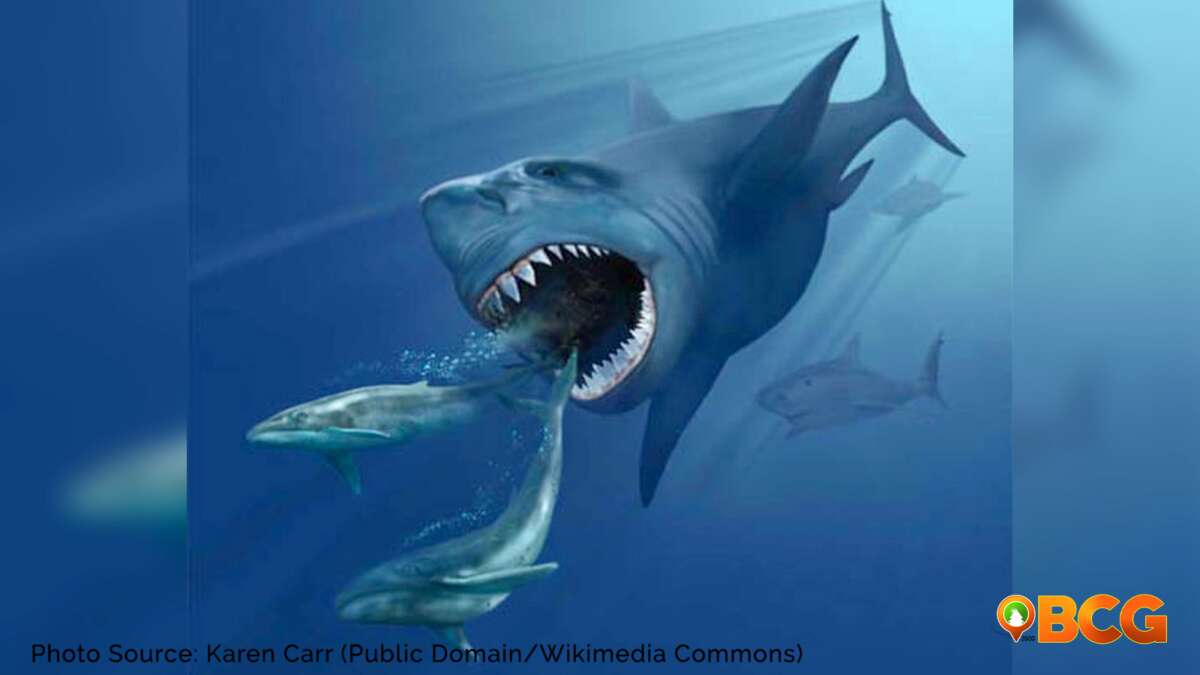Is “The Meg” as Huge as We’ve Seen It in the Movies? Here’s What the Researchers Say
For those who are fond of watching thrilling films, movies that involve sharks, especially the humongous ones, are probably among the most exciting movies to watch. One of the well-known films these days that feature sharks is “The Meg”, a film starring a gigantic monster-like sea creature that is based on a prehistoric mega-shark called the Megalodon, formally as Otodus megalodon.
Among the curiosities about the legendary giant shark Megalodon is its actual size. Only the length of the Megalodon’s head had been previously estimated, but recently a new study has already revealed the size of the rest of the beast’s body. The said study was led by the University of Bristol and Swansea University.
The Study About the Size of The Meg
Today, the most fearsome living shark is the Great White, at over six metres (20 feet) long, which bites with a force of two tonnes.
Its fossil relative, the big tooth shark Megalodon, lived from 23 to around three million years ago, was over twice the length of a Great White, and had a bite force of more than ten tonnes.
According to the researcher, estimating the body size of the above mentioned extinct, giant shark is a difficult task. This is since the Megalodon’s fossil record is inherently incomplete. Therefore, to estimate the body size of extinct giants, paleontologists have to rely on the relationships between their remains and length in extant relatives.
Previously, the fossil of Megalodon was only compared with the Great White, but the researchers expanded this analysis and include five modern sharks.
“Megalodon is not a direct ancestor of the Great White but is equally related to other macropredatory sharks such as the Makos, Salmon shark and Porbeagle shark, as well as the Great white. We pooled detailed measurements of all five to make predictions about Megalodon.”
– Dr Catalina Pimiento, one of the authors of the study about the size of the Megalodon
Professor Michael J. Benton, also among the authors of the study also explained that before they could do anything, they had to test whether the five modern sharks that they are to use for the research changed proportions as they grew up. “… for example, they had been like humans, where babies have big heads and short legs, we would have had some difficulties in projecting the adult proportions for such a huge extinct shark.”
“But we were surprised, and relieved, to discover that in fact that the babies of all these modern predatory sharks start out as little adults, and they don’t change in proportion as they get larger,” he stated.
A number of mathematical methods have been used to pin down the size and proportions of the Megalodon. Jack Cooper from the University of Bristol’s School of Earth Sciences and colleagues from Bristol and Swansea made close comparisons to a diversity of living relatives with ecological and physiological similarities to the giant.
The results of their efforts suggest that a mature 16-metre-long Otodus megalodon likely had a head round 4.65 meters long, a dorsal fin approximately 1.62 meters tall, and a tail around 3.85 meters high.
Meaning, an adult human could stand on the back of the Megalodon and would be about the same height as the monster’s dorsal fin.
SOURCE













